Protected bike lanes (cycle tracks) are the new gold standard for cycling safety in North America, but they have one significant flaw. When the buffer ends at the intersection, people on bikes are spit back out into space for vehicles, resulting in a confusing and stressful remixing of traffic modes that all too often ends in collisions. So while planners and policy makers rush to install protected bike lanes, another trend in cycling safety is quietly taking root.
The protected intersection extends the physical barrier of the protected bike lane into the intersection, creating a clear and safe, continuous path of travel for all modes. “Cities across North America are investing heavily in protected bike lanes to increase bicycle ridership but a bikeway is only as good as its weakest link,” explained Nick Falbo, the Portland-based urban planner responsible for coining the term ‘protected intersection’. “The intersection must feel as safe and secure as the protected bike lane itself.” The crossings are modeled after typical Dutch road junctions, but only when Falbo created a video explaining how they work did the idea began to resonate with North American policy makers.
Protected intersections have four main design elements: a corner refuge island, a forward stop bar for cyclists, a setback bicycle and pedestrian crossing, and bicycle-friendly signal phasing. The corner refuge island is a physical barrier that protects people on bikes from cars making turns. After yielding to pedestrians, cyclists can either turn right safely or continue into the intersection past the crosswalk to the forward stop bar, where they can wait at a red light buffered from vehicles by the refuge island. This has many advantages: bike are positioned well in front of cars while at a red light and therefore their visibility is dramatically increased. During that time, pedestrians are free to cross the street uninterrupted. When the light turns green, bicyclists are given a head start from cars and the distance of unprotected road they have to cross is greatly reduced. The setback pedestrian and bicycle crossing created by the corner refuge island means motorists do not turn into their blind spot.
In a standard intersection, motorists can easily make a right turn and hit someone who is walking or bicycling in the driver’s blind spot, but a protected intersection moves the pedestrian crossing and the bike lane back by a distance of one car length. This means that any motorist making a right turn will have to turn 90 degrees to face the crosswalk and bike lane, reducing their speed and giving everyone time to be aware of and react to other road users, thereby seriously minimizing the risk of a collision. The most bicycle-friendy signal phasing would be completely separate crossing times for people on bikes and people driving (protected phasing). However, even delaying green lights for drivers to give people on bikes a slight time advantage when entering the intersection helps (lag time for cars, lead time for bikes).
“The protected intersection aims to create conditions that are forgiving of mistakes,” Falbo explained. “The added separation between users and slow-speed road design allow people driving and people bicycling to respond to potentially dangerous situations. When paired with protected bicycle signals, conflicts can be eliminated.” While there are some real challenges – such as accommodating the wider turning radius of large trucks – they are problems which careful design efforts can overcome. Even with the reduced traffic speeds improving safety for all ages and abilities, protected intersections are likely to have a minor effect on overall traffic flow, if any at all. “Every city implementing networks of protected bike lanes will need to answer the question of what to do at intersections,” Falbo said. “The protected intersection is one potential solution.”
To learn more about bringing protected intersections to your city, contact Nick Falbo with Alta Planning + Design.
Get your FREE copy of our new guide: Momentum Mag's Urban Cycling Guide
In our latest free guide, we share a few tips and tricks for anyone new to urban cycling who is looking to get started. We discuss the latests numbers regarding safety and cycling as well as go over a few rules of the road that every cyclist should know.
Thank you for your submission. Your free guide has been sent to the email address you provided.

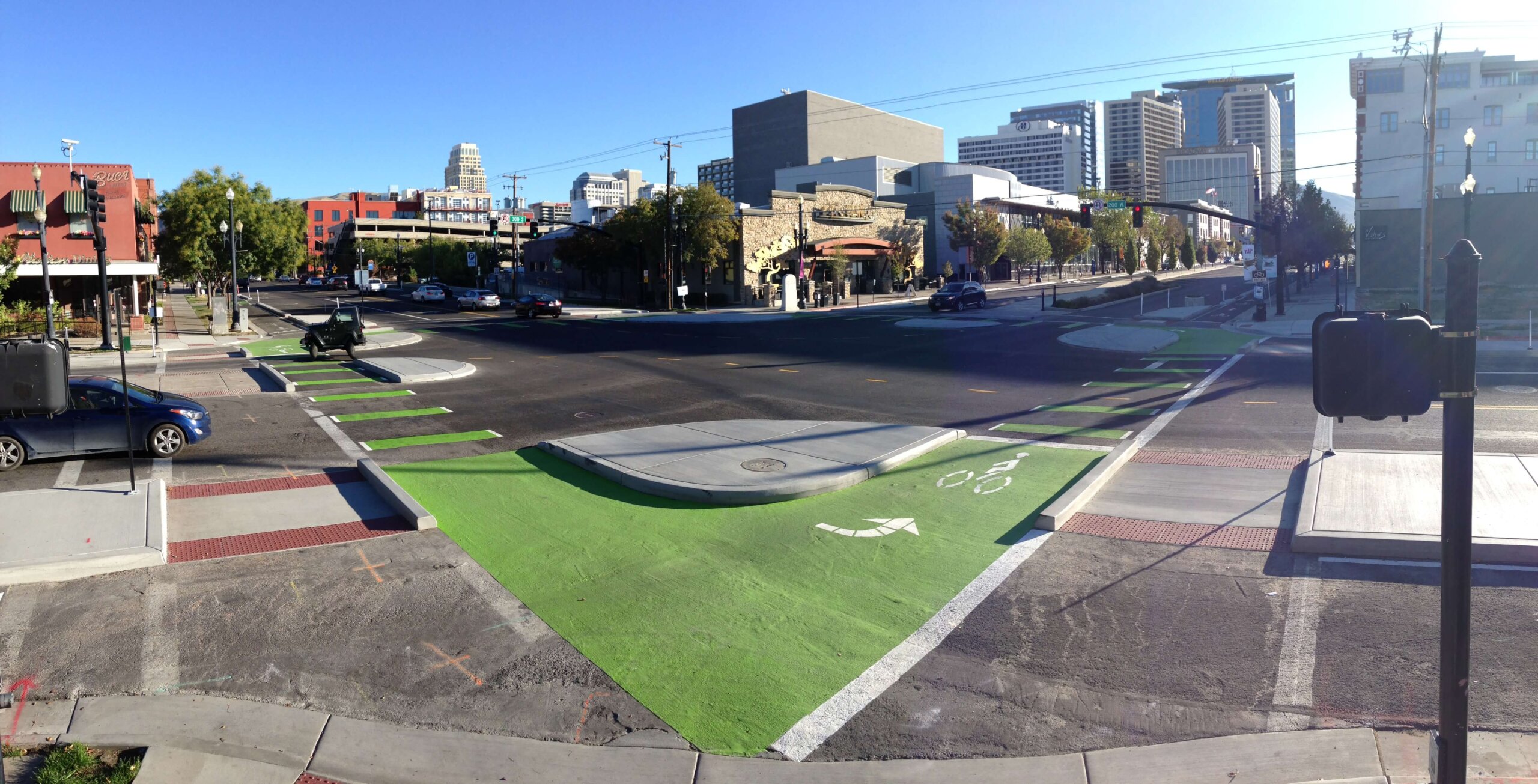
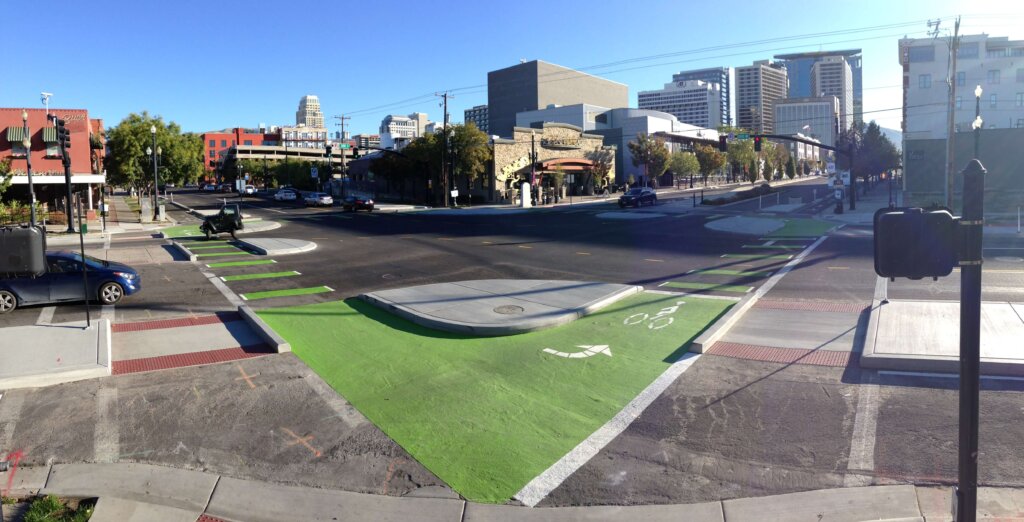
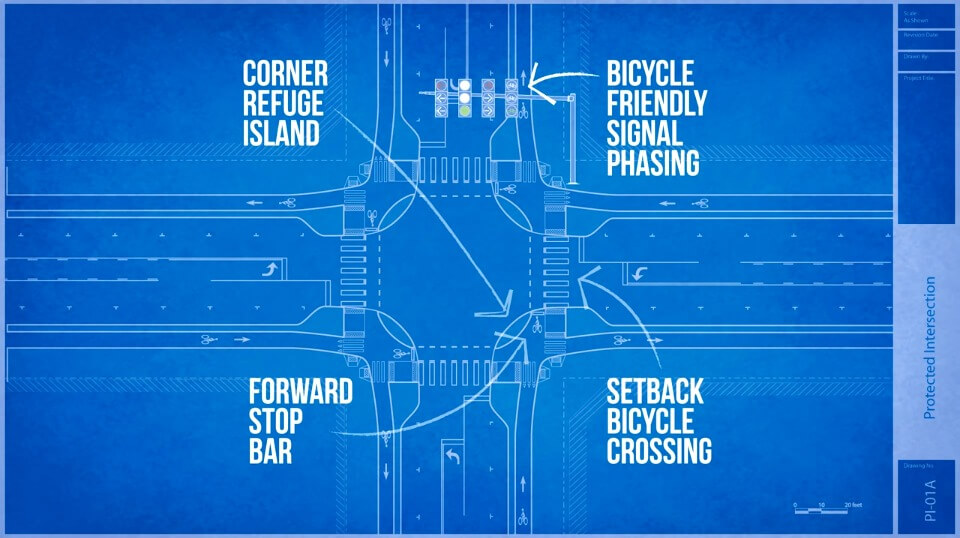
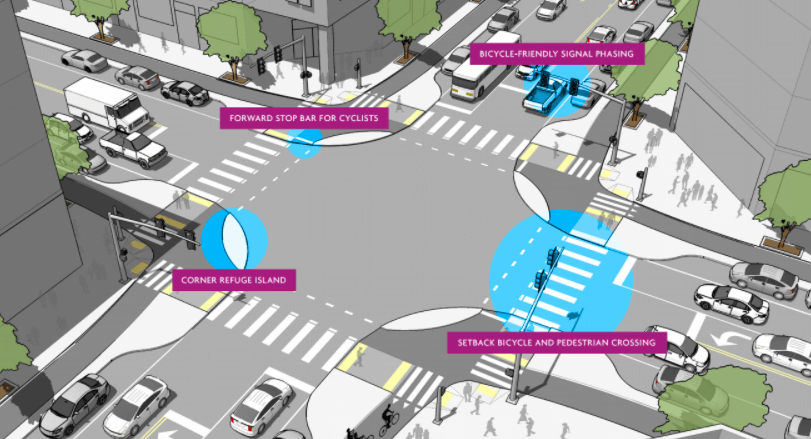
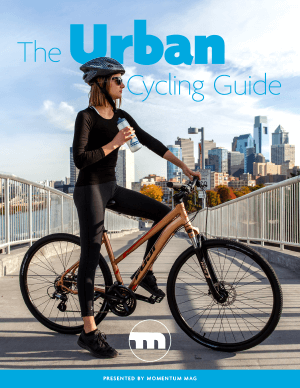
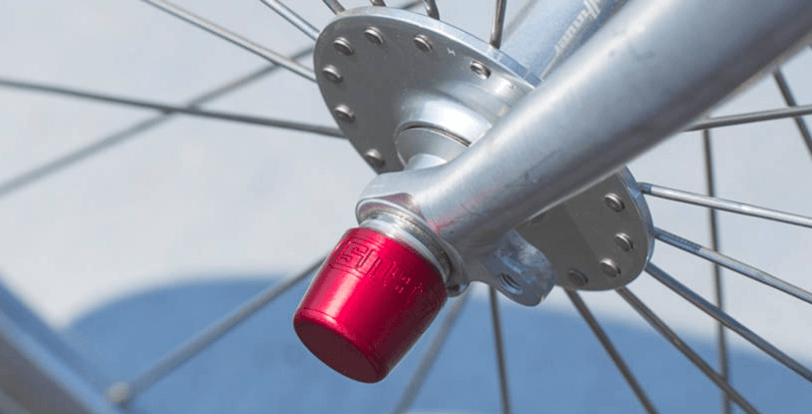
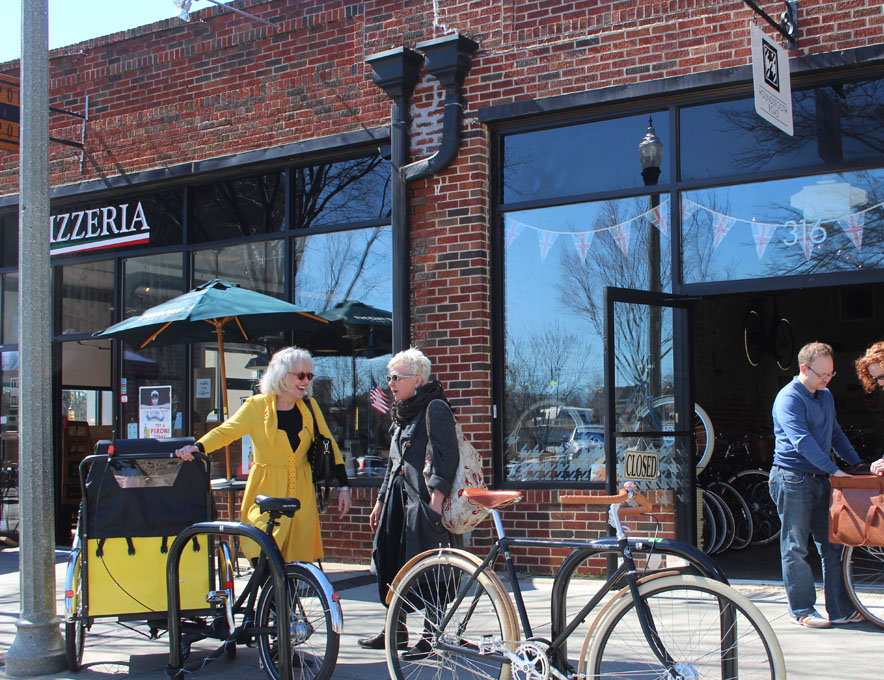
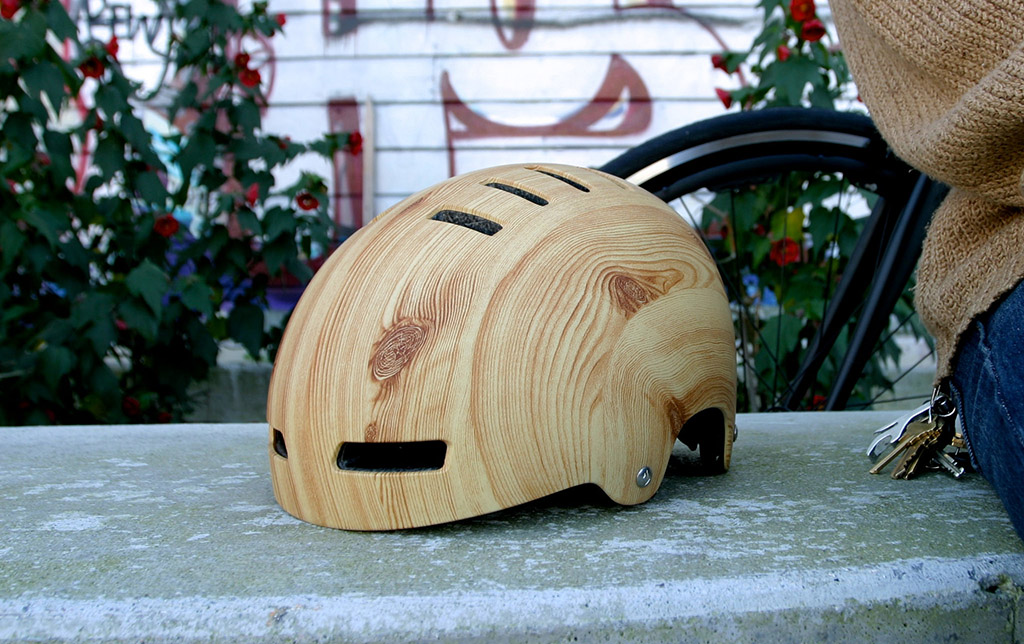
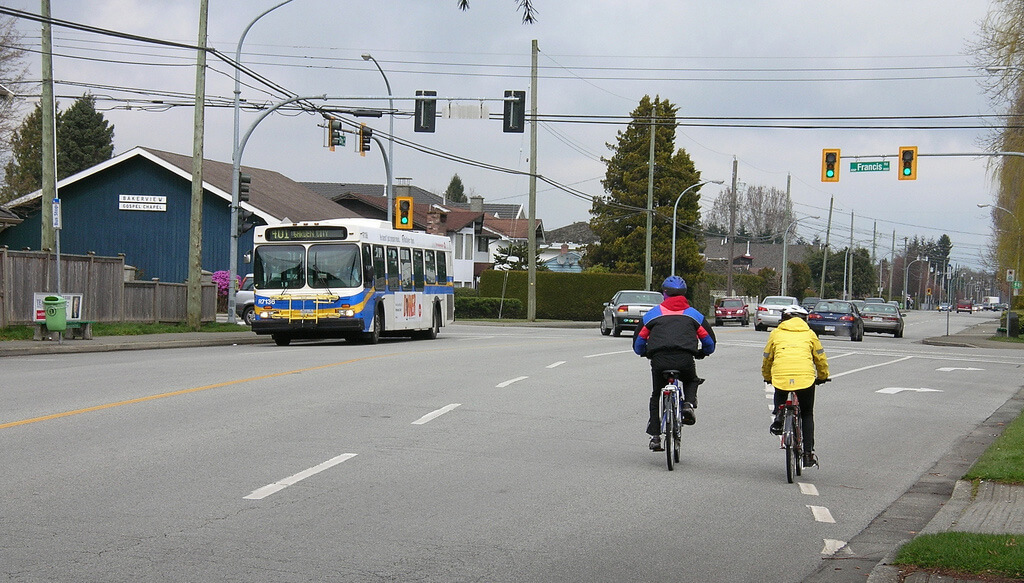
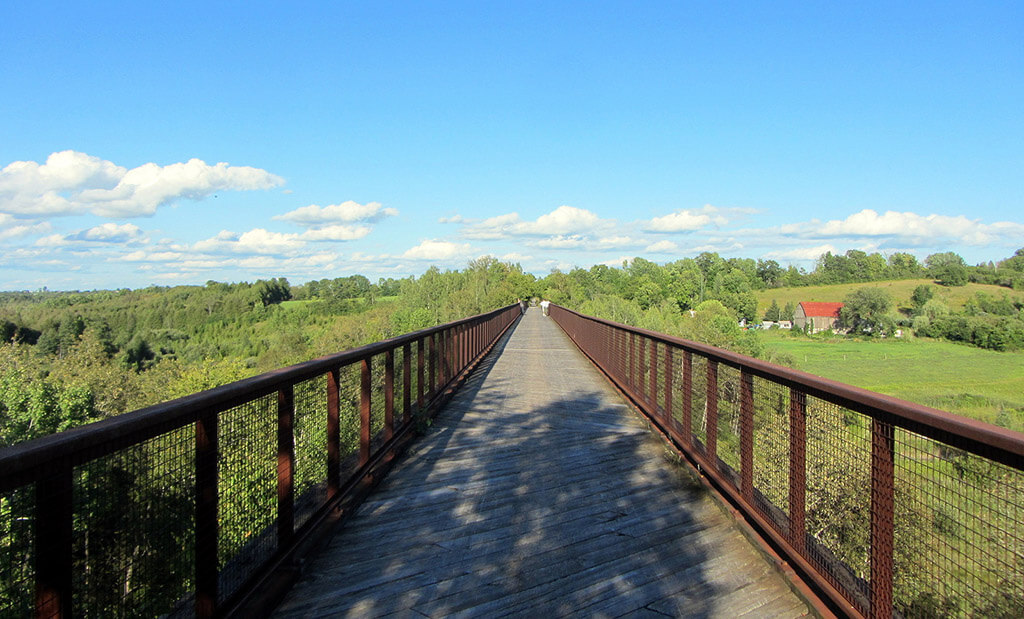
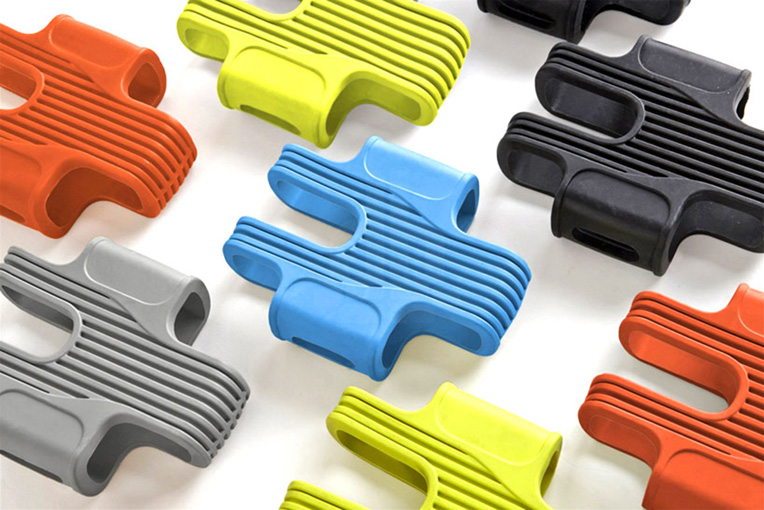
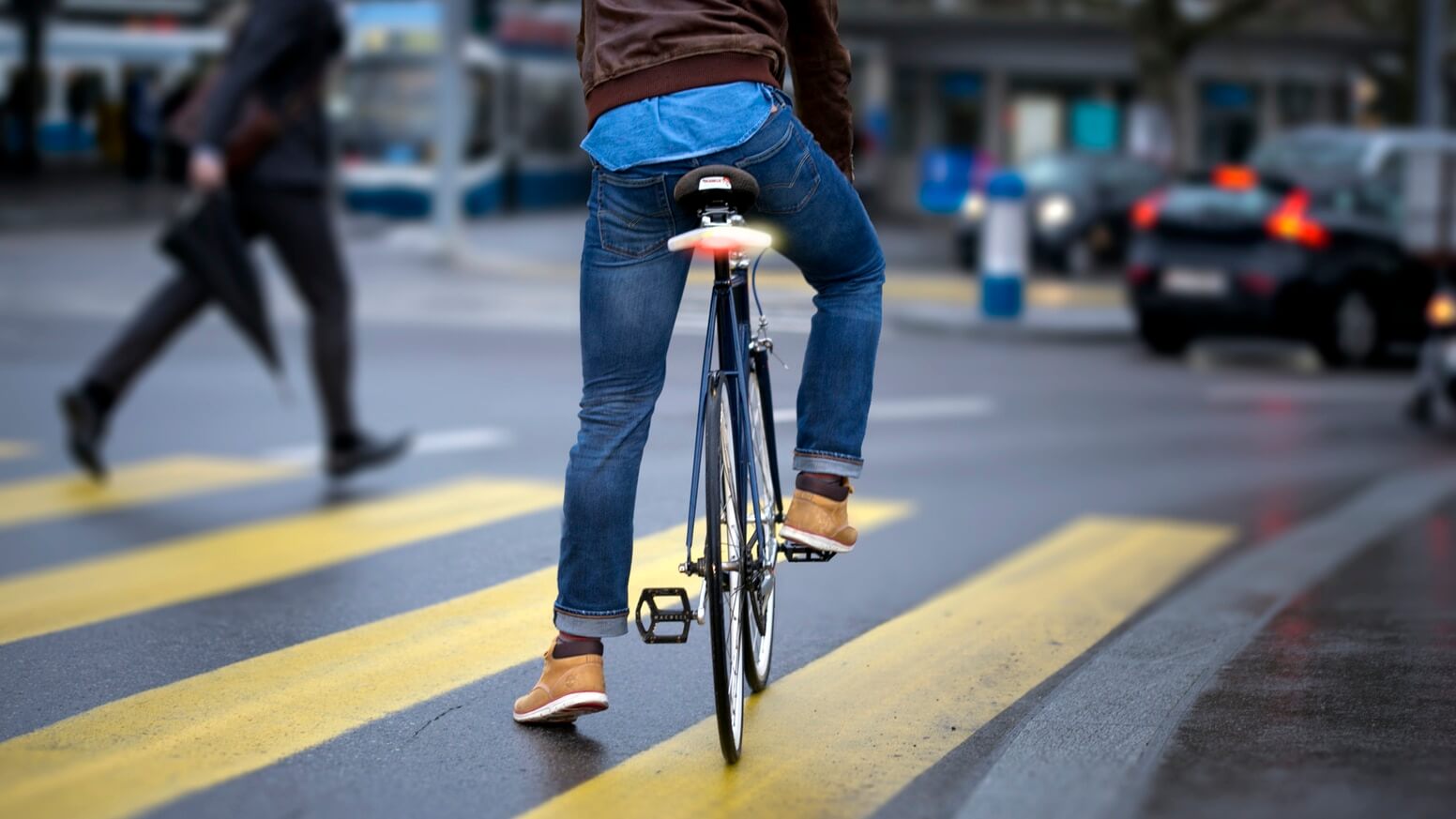
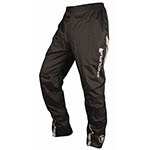
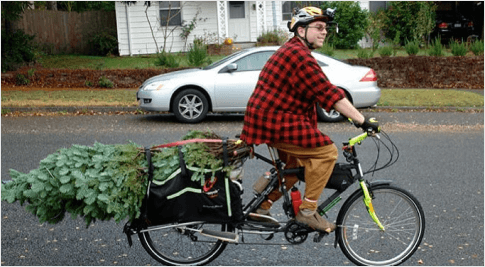
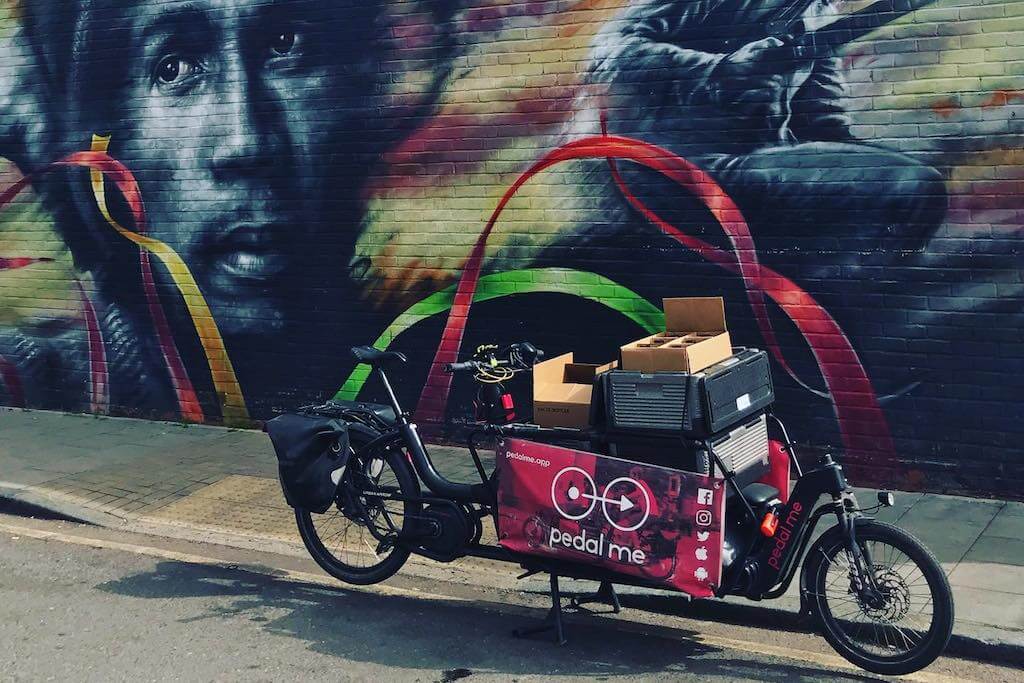

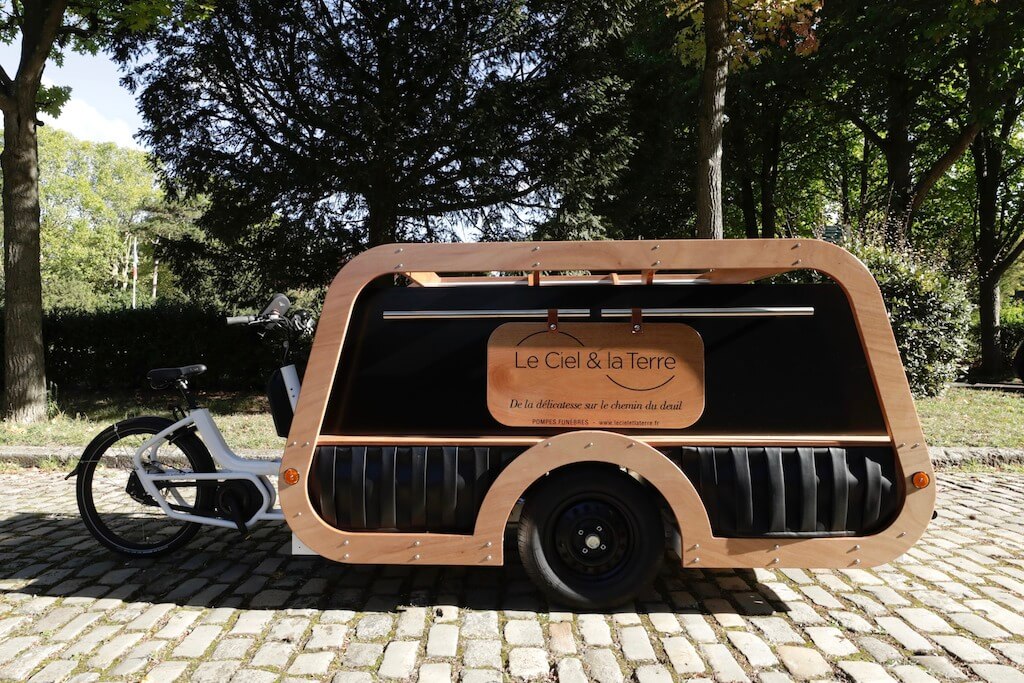
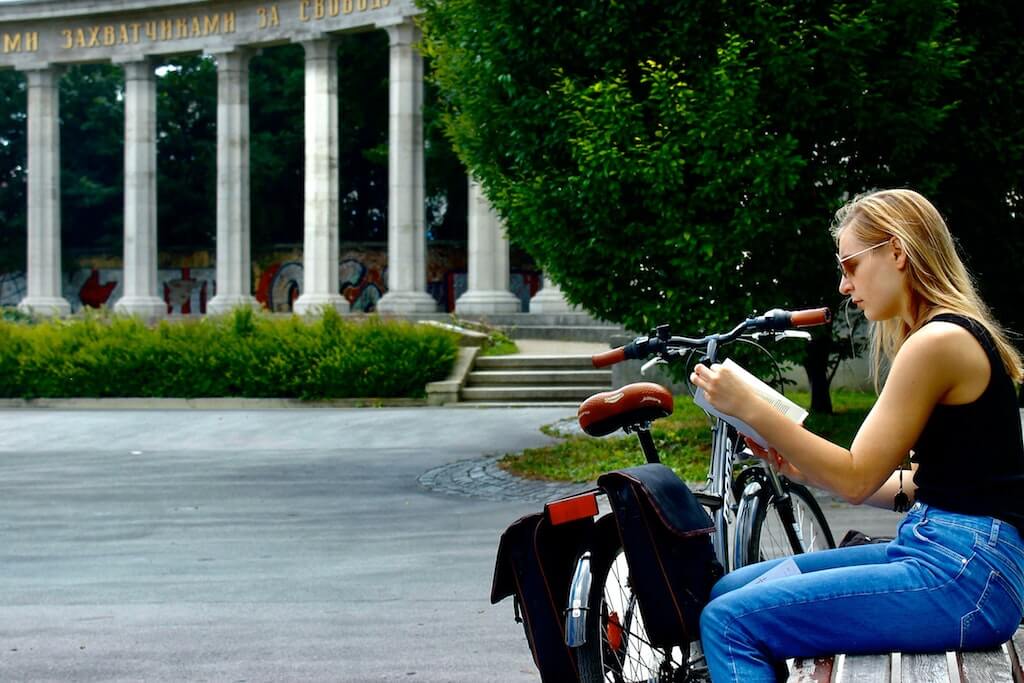
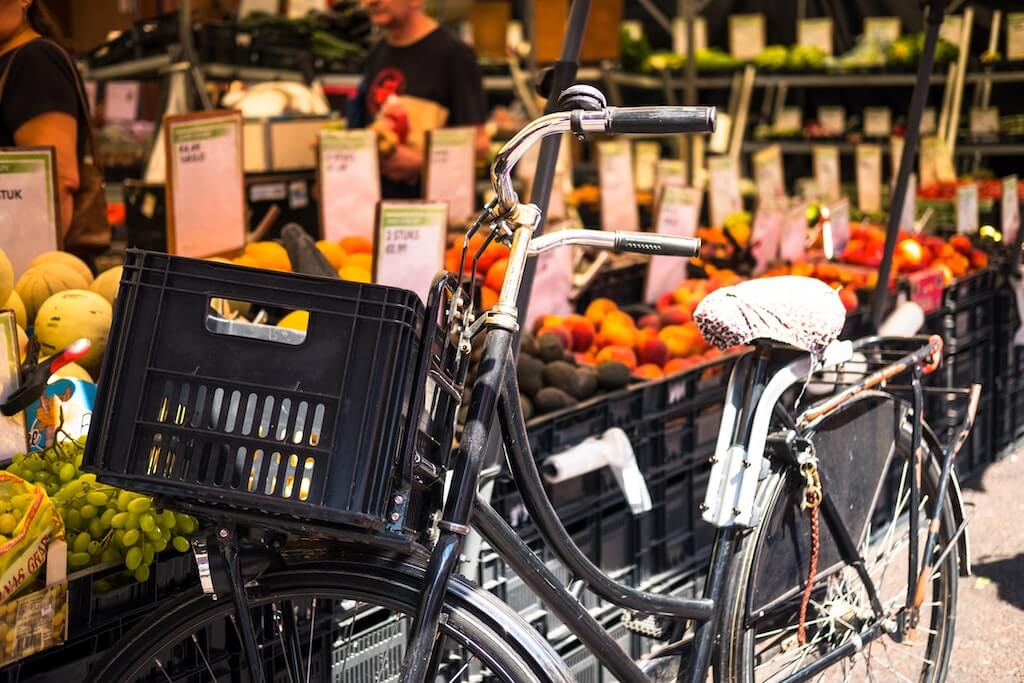
Comments are closed.